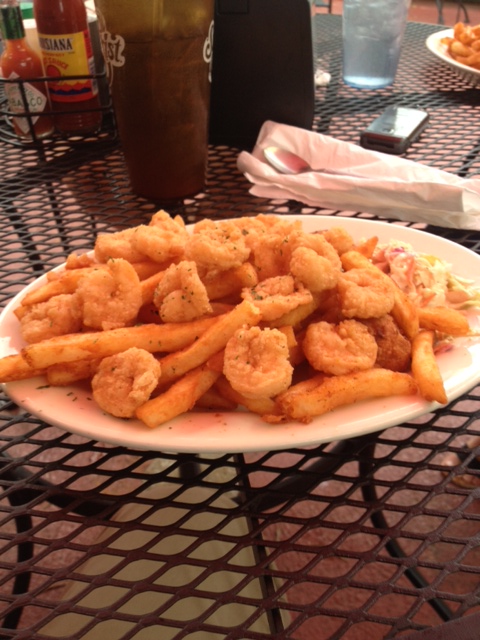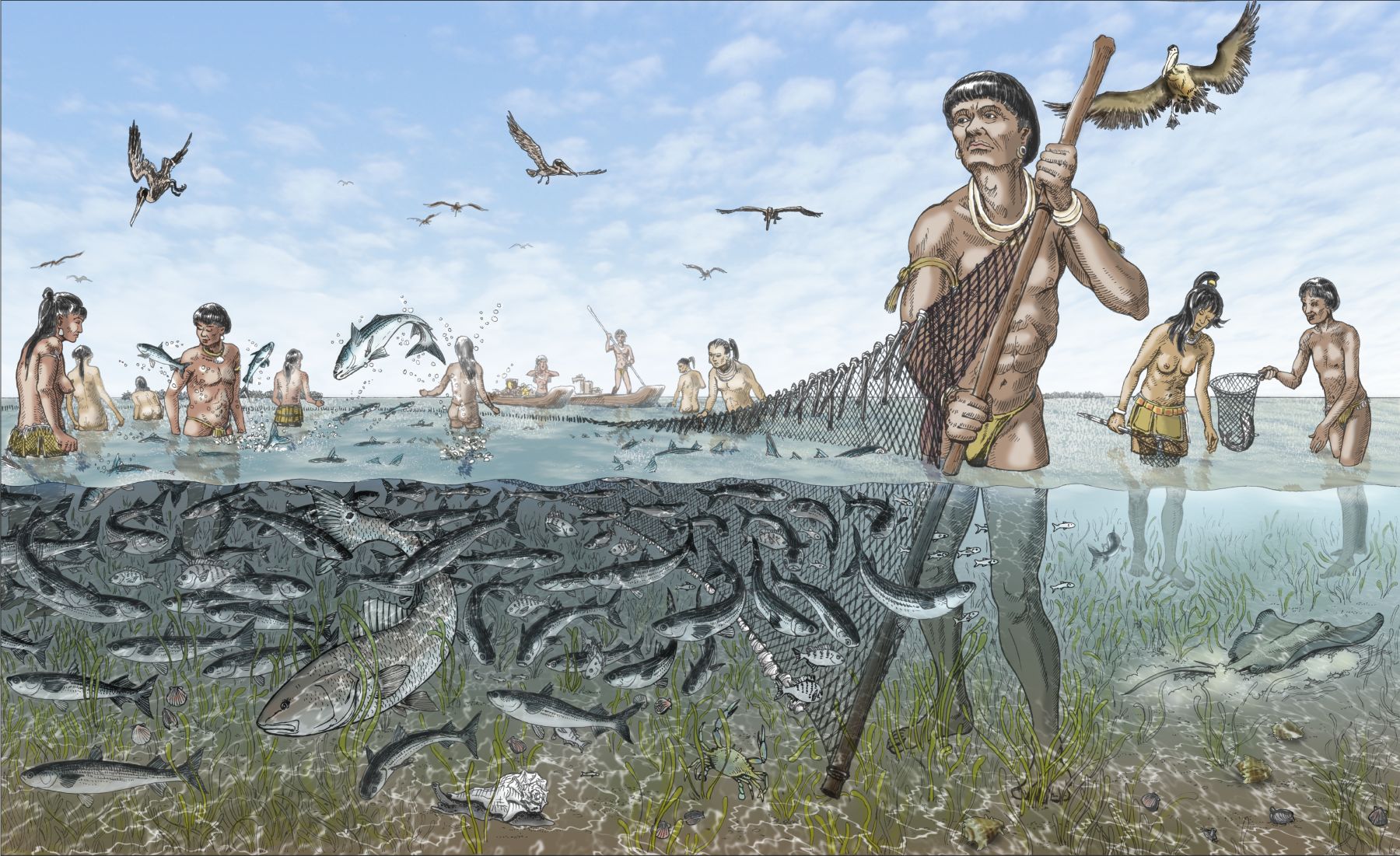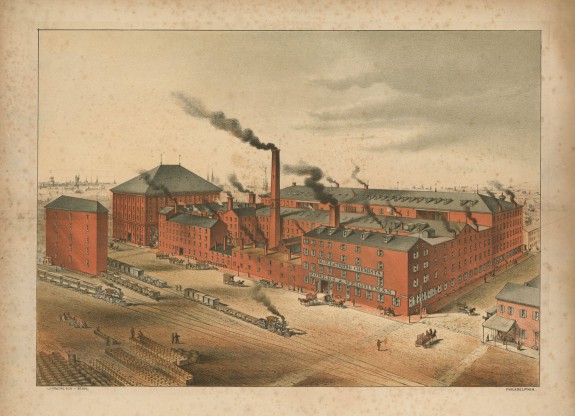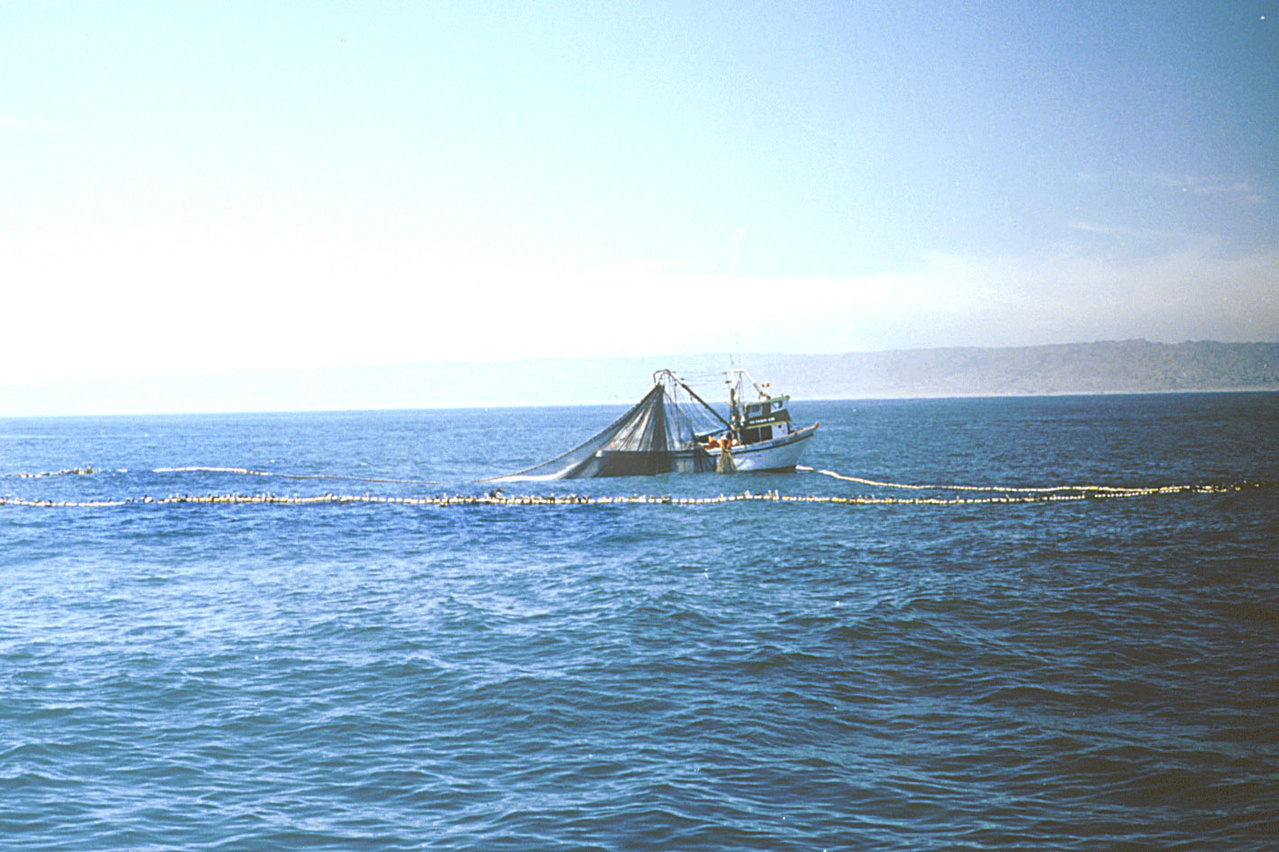With 8 billion humans on this planet there is a need for a lot of space and resources. In this modern world we can get lost in which resources we really NEED and those that we really WANT. We all need a space to live, but we do not necessarily need a 5000 ft2 home, with a pool and manicured lawn – those are wants. But we do need food – and lot of it.
Thousands of years ago humans fed themselves through hunting and gathering. We hunted, as many do today, for a food source but killed only what they needed – they had no means to store/preserve food in a mobile society such as they had. Groups of humans began to settle into one general location and moved towards and different lifestyle – early agriculture. They would plant seeds and keep livestock to feed on through the course of the year. Many would grow crops but continued to hunt for their meat. They developed methods of smoking and salting meat to preserve it longer. They created large bins where crops could be stored, but most were still growing and gathering the food for their families alone.
As these small sessile communities became larger (growing population) the fields became larger and fed not just their family, but all of the families. Residents would take their livestock to the community “commons” where they could graze – since space to do so at your home was not available.
Those who lived on the coast could utilize another resource – marine resources – shell and finfish as well as seaweeds. As with farming, most fishermen began by harvesting for their families, but as the population grew, they began to harvest for others. In both cases – as populations grew, the number of farmers and fishermen grew, and the space and resource needed to sustain the growing communities grew as well.
During the industrial revolution of the 19th century humans begin to develop technologies and methods that could expand farming and fishing to harvest more, more efficiently, and at a faster rate. The world was experiencing a growth in the production of all sorts of products, growth in food production increased as well. With mechanized farming and fishing, we could feed more, the human population could sustain more, and so the population grew. The exponential growth in the human population – what many refer to as the “J” curve – is closely associated with the industrial revolution – which could provide more resources to sustain this growth.
The agriculture world began what has been called the “green revolution”. Large expansive fields, growing large amounts of crops, utilizing new machines that could keep up the work. Rice and wheat were staples – grown all over the world. Corn followed. Large expanses in land were cleared to grow these crops as well as graze cattle to help with the demand for meat. Large farms needed mechanized equipment to harvest, process, and transport these food products to markets far away from the farms themselves. Commercial fishing fleets were provided technologies that aided them with locating their target species faster, removing large amounts of fish into larger vessels quicker, and keeping them cold longer at sea to increase harvest yield. They too would need processing plants and transportation to get their products to markets far away from the sea.
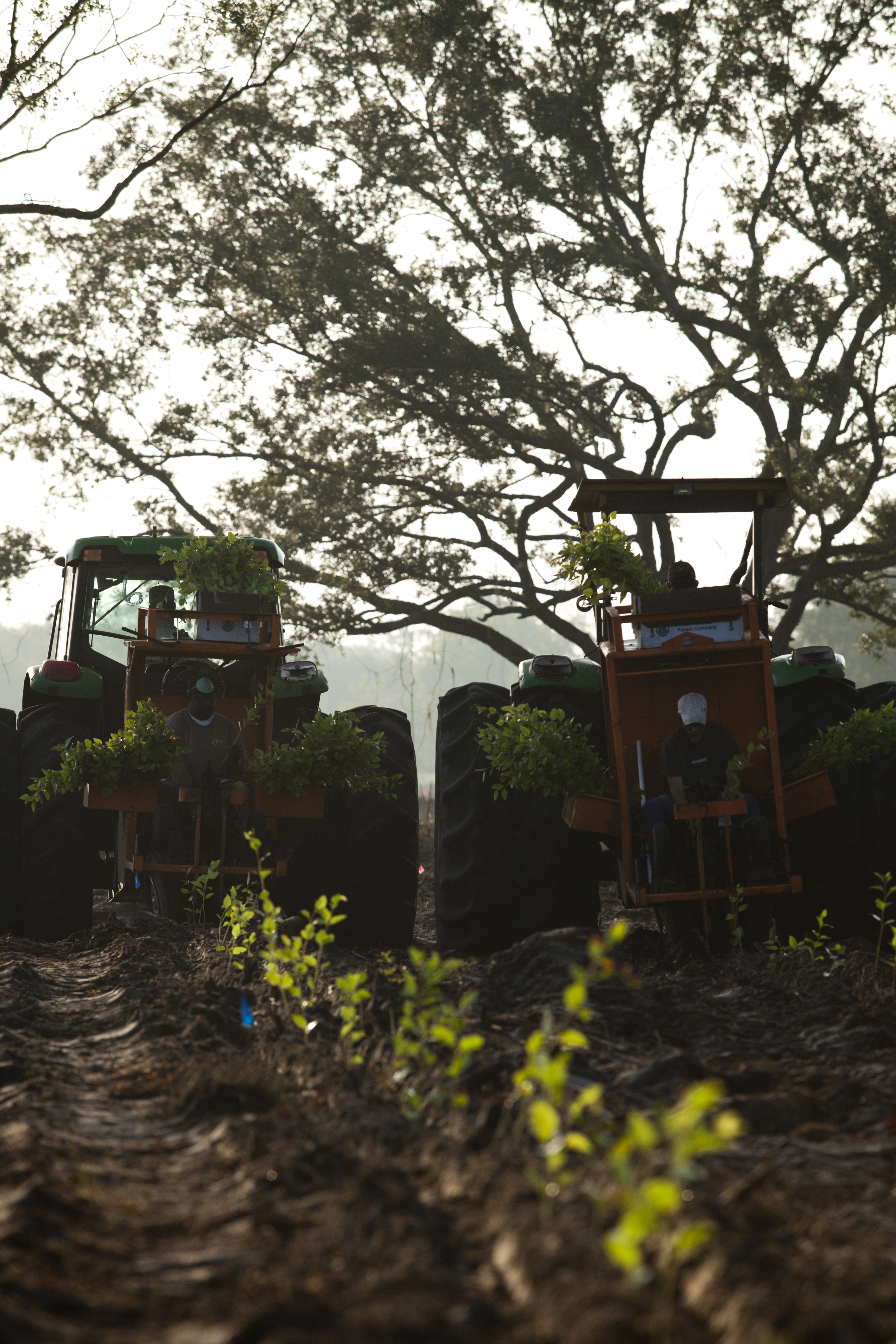
Tractors planting rows of eucalyptus trees. Biomass crops, biofuel, sustainability. UF/IFAS Photo by Tyler Jones.
We began a system to feed a growing human population, and we were very successful. And as the human population continued to grow, the need for better technologies was needed – and delivered. According to the textbook I used when I was teaching this course, we were producing enough food to feed the human population, but there were three problems… (1) we were removing these resources faster than they could replace themselves. (2) when you consume resources you produce waste – this is true even in photosynthesis. As we produced more food, we were also producing more waste. And (3) one in every six people in the developing countries were still not getting enough to eat.
With agriculture they had moved to large area farms where they could plant large numbers of crops, which were harvested as frequently as possible. The stress on the soil became a problem by removing the nutrients at faster rates than mother nature could replace them. To add to the problem most fields grew the same crops, thus removing specific nutrients at a faster rate – compounding the problem. Farmers were literally working the fields to death.
Livestock moved to larger factory farms with large processing plants for larger numbers of cattle, chicken, and pigs. There was not enough space to free range cattle as they had done prior to the green revolution. So, now they were commercially fed, and this could be done in a smaller space with large numbers of animals in such. Crowding creatures like this can enhance the spread of disease and produces large amounts of waste that must be managed.
In the commercial fishing world, they were removing fish faster than nature could replace them. Many fishing grounds went “silent” as the fish populations declined forcing fleets to find new waters or new target species to harvest. We began to overfish the oceans.
Man’s ingenuity had developed a mechanized system for feeding their population – and it worked well. But it developed some problems both for the system and food production and for the environment as well. In the next few articles, we will look at how we are trying to resolve those problems.
- Tips for Bear Encounters this Fall - November 10, 2025
- Pensacola Bay Invasive Species Summer Survey 2025 - November 3, 2025
- Our Environment: Part 24 – Our Changing Climate - November 3, 2025

